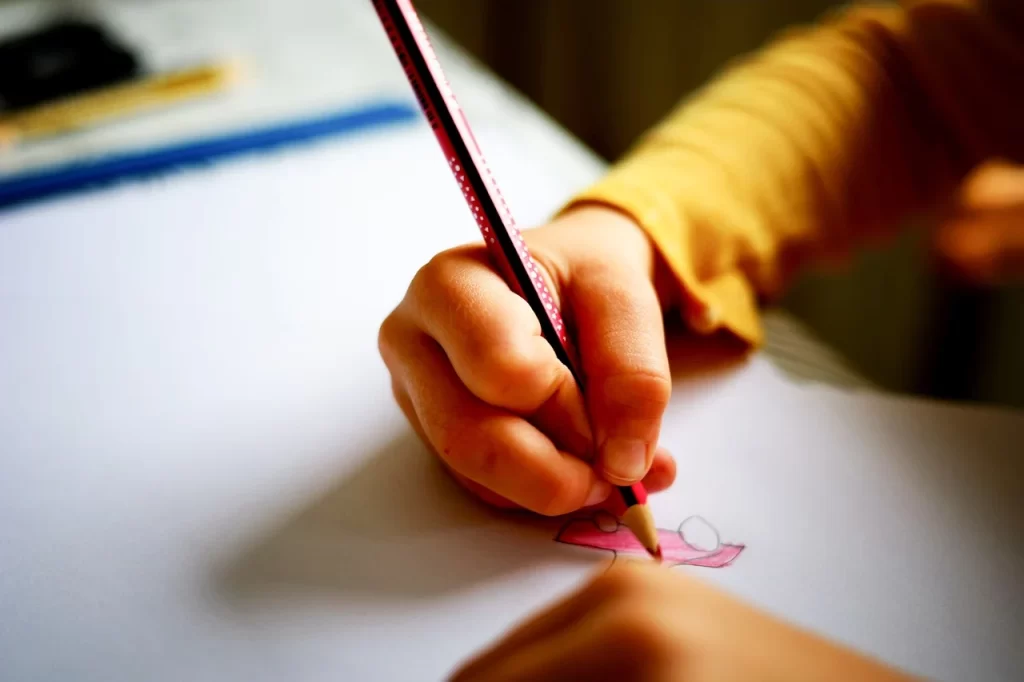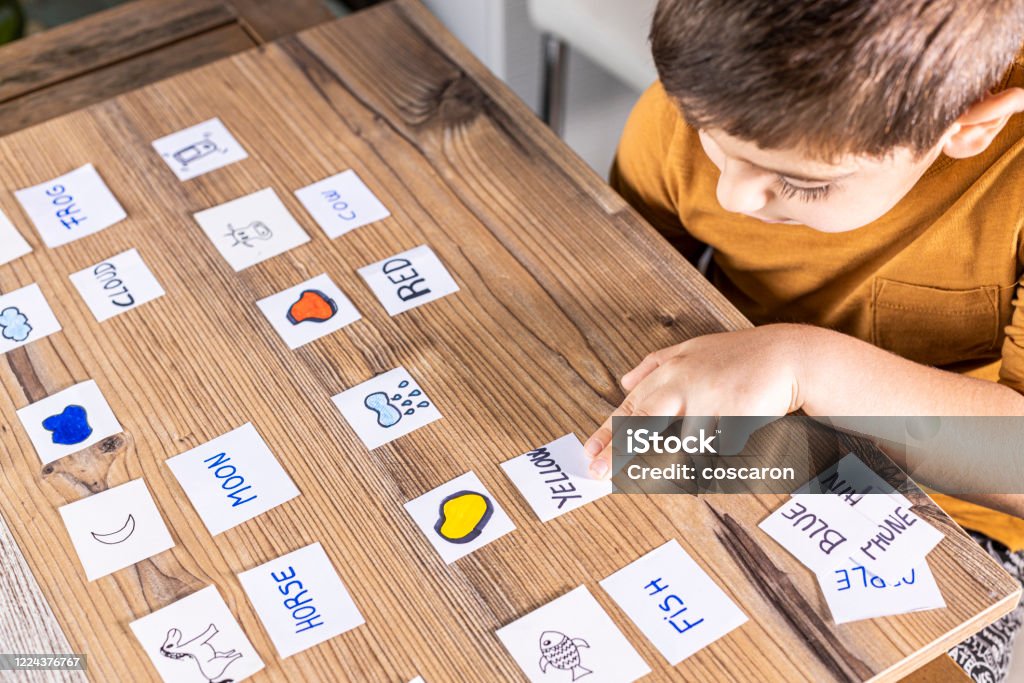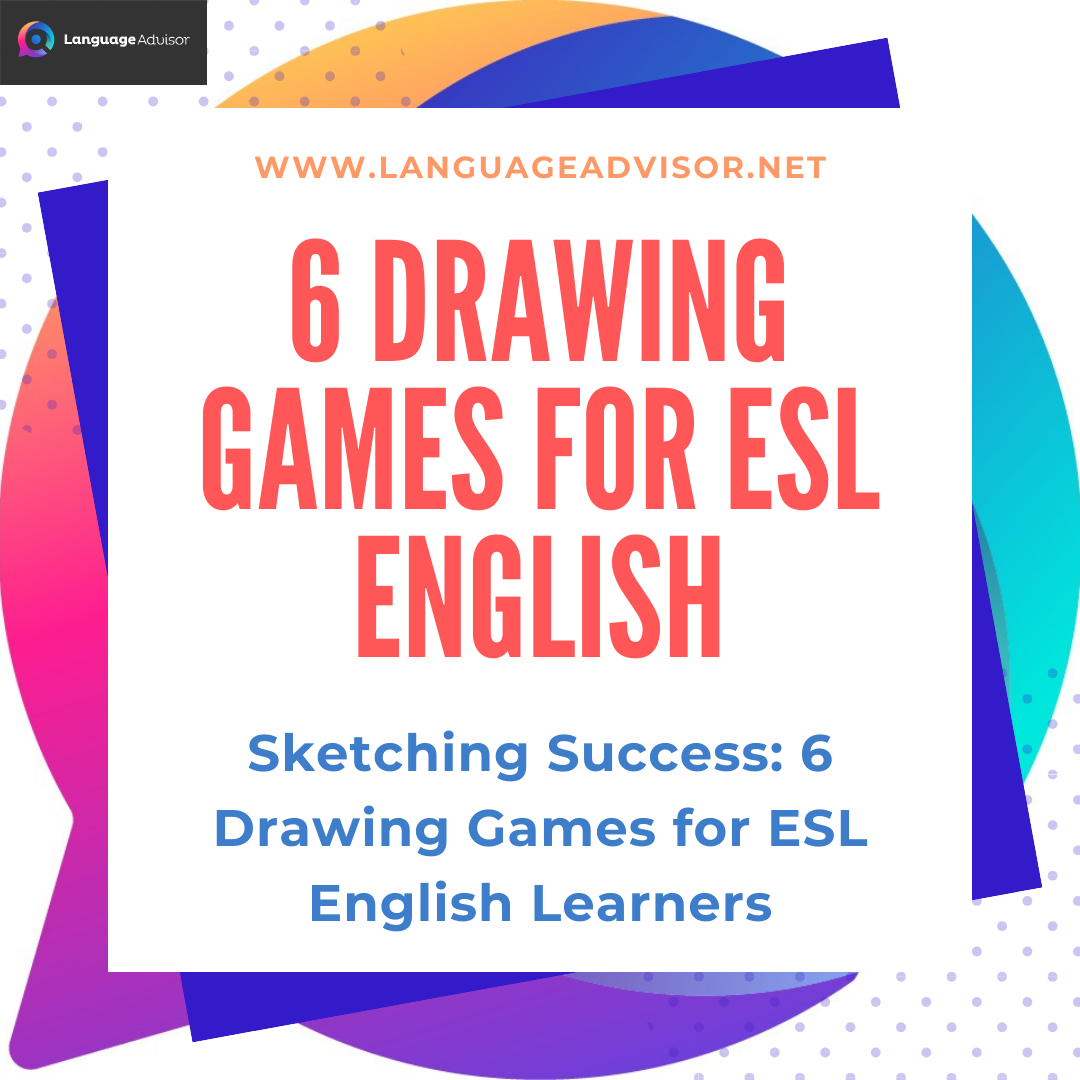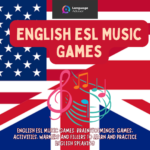6 Drawing Games for ESL English. Sketching Success: 6 Drawing Games for ESL English Learners
6 Drawing Games for ESL English

Are you ready to unleash your students’ creativity while enhancing their English language skills? In this blog post, we’re diving into the world of drawing games tailored specifically for ESL English learners. From collaborative doodling sessions to imaginative illustration challenges, these six engaging activities are designed to make language learning fun and interactive. Whether your students are beginners or advanced learners, these drawing games offer a dynamic way to reinforce vocabulary, practice grammar structures, and foster communication skills. Join us as we explore each game and discover how to ignite a passion for learning through the power of art and language.
Let’s dive into the world of sketching success together!
6 Drawing Games for ESL English

Beetle Drive
Here is a fun drawing game for teaching parts of the body.

- Age/Level: Young learners
- Time: 15 minutes
- Players: Small teams
- Preparation: Dice, paper and pencils
- Aim: To draw parts of the body
Procedure
Divide the class into small teams.
Give each student a sheet of paper and a pencil. Write the following on the board: 1 = body 2 = head 3 = eyes 4 = legs 5 = antennae 6 = wings
Then, give each team a dice.
Tell the students that they are going to draw a picture of a beetle by rolling a dice and then drawing the part of the beetle associated with the number.
The catch is that the body must be first, so students can’t start drawing until they throw a one. Students must also draw a head (two) before they can draw the eyes and antennae.
The first student in each team rolls their dice. If they get a one, the student draws a beetle’s body.
The next student then rolls the dice and so on.
The aim is to be the first team to complete a drawing of a beetle.

Don’t say a word!
This is a good drawing game for practicing or revising vocabulary and phrases

- Age/Level: Any
- Time: 20 minutes
- Players: Groups of 5 to 6
- Preparation: Write ten words or phrases on a piece of paper and make copies
- Aim: To draw and guess words or phrases
Procedure
Before class, write a set of ten words or phrases on a piece of paper. Make one copy of the set for each group. Cut the words/phrases into slips.
Divide the class into groups of five or six.
Give each group a set of slips and ask them to place the slips face down.
When you say ‘go’, the first student in each group takes a card and has 60 seconds to draw the word/phrase on a sheet of paper.
The students are not allowed to speak or use any words or letters in the drawing.
While the student is drawing, the other members of the group try to guess the word or phrase (They must say exactly what is on the card.).
When the time limit has been reached, shout ‘stop’, and ask each group if they guessed the word or phrase correctly. Give them one point if they did.
Then, it’s the next students turn to take a slip and so on. The team with the most points at the end is the winner.

Draw the Sentence
This is an imaginative ESL drawing game for teaching the present continuous tense. This game can be played with students of all ages.

- Age/Level: Elementary and above
- Time: 25 minutes
- Players: 2 teams
- Preparation: None
- Aim: To guess what people are doing in a picture using the present continuous tense
Procedure
Individually, students write down two sentences using the present continuous tense. The sentences must start with ‘He’, ‘She’ or ‘They’. Example:
He is playing football.
Split the class up into two teams (Team A and Team B). One student from Team A comes up to the board and draws one of their sentences. The student is not allowed to write words or letters, and cannot speak.
Team A has one minute to try to guess the correct sentence. If they cannot guess correctly after one minute, Team B can try to answer. One point is awarded for each correct answer.
Then, a student from Team B comes up to the board and so on. The first team to ten points wins the game.

Pictionary
This drawing game is ideal for introducing or revising vocabulary.

- Age/Level: Any
- Time: 20 minutes
- Players: 2 teams
- Preparation: Pictures of target vocabulary
- Aim: To draw and guess target vocabulary
Procedure
There are two possible ways to play this game. The first version is better for younger learners, while the second version works well with older students.
Version 1 (Younger students) Separate the students into two teams and have them sit in two circles. Put a plastic hammer in the centre of each circle. Draw a picture on the board. If a student knows what the picture is, they hit the floor with the plastic hammer and call out the answer.
One point is given for each correct answer.
Play until all the vocabulary is revealed or time is up.
Version 2 (Older students) Put the students into two teams. A student from each team comes to the front of the class. Show the two students a picture of the target vocabulary. Each student draws the picture. The first team to say the word wins a point.
Play until all the vocabulary is revealed or time is up.

The Drawing Game
This fun drawing game will motivate your students to speak English

- Age/Level: Elementary and above
- Time: 20 minutes
- Players: 2 teams
- Preparation: None
- Aim: To guess the name of a famous film, TV show, book or person from a drawing
Procedure
Separate the class into two teams. Take one student from each team out of the classroom. Give the two students a marker or chalk. Then, tell them the name of a famous film, TV show, book, or person.
The two students then go back into the classroom and start drawing clues on the board. The first team to answer correctly wins a point. The next two students are taken out of the classroom and so on.
This game can also be played using vocabulary sets, e.g. animals, food, furniture, etc

The Picture Game
This drawing game is suitable for any level. Choose simpler pictures for lower-level students and more complicated pictures for higher-level students. You may also want to decide on the vocabulary relating to the picture before starting the game.

- Age/Level: Any
- Time: 15 minutes
- Players: Groups of 4
- Preparation: Copies of a picture
- Aim: To accurately describe a picture
Procedure
Divide the class into groups of four.
Half the students are ‘speakers’ and the other half are ‘drawers’. The drawers sit facing away from the speakers.
Give the speakers in each group a copy of the chosen picture. The speakers then have to describe the picture to the drawers.
The drawers cannot look at the picture, but they can use English to ask questions to help them draw a more accurate picture.
Give the groups a time limit of 5 to 10 minutes, depending on the kind of picture they are drawing.
The group that can draw the most accurate picture wins.

8 Describing Games for ESL English. Here are some other English ESL resources












